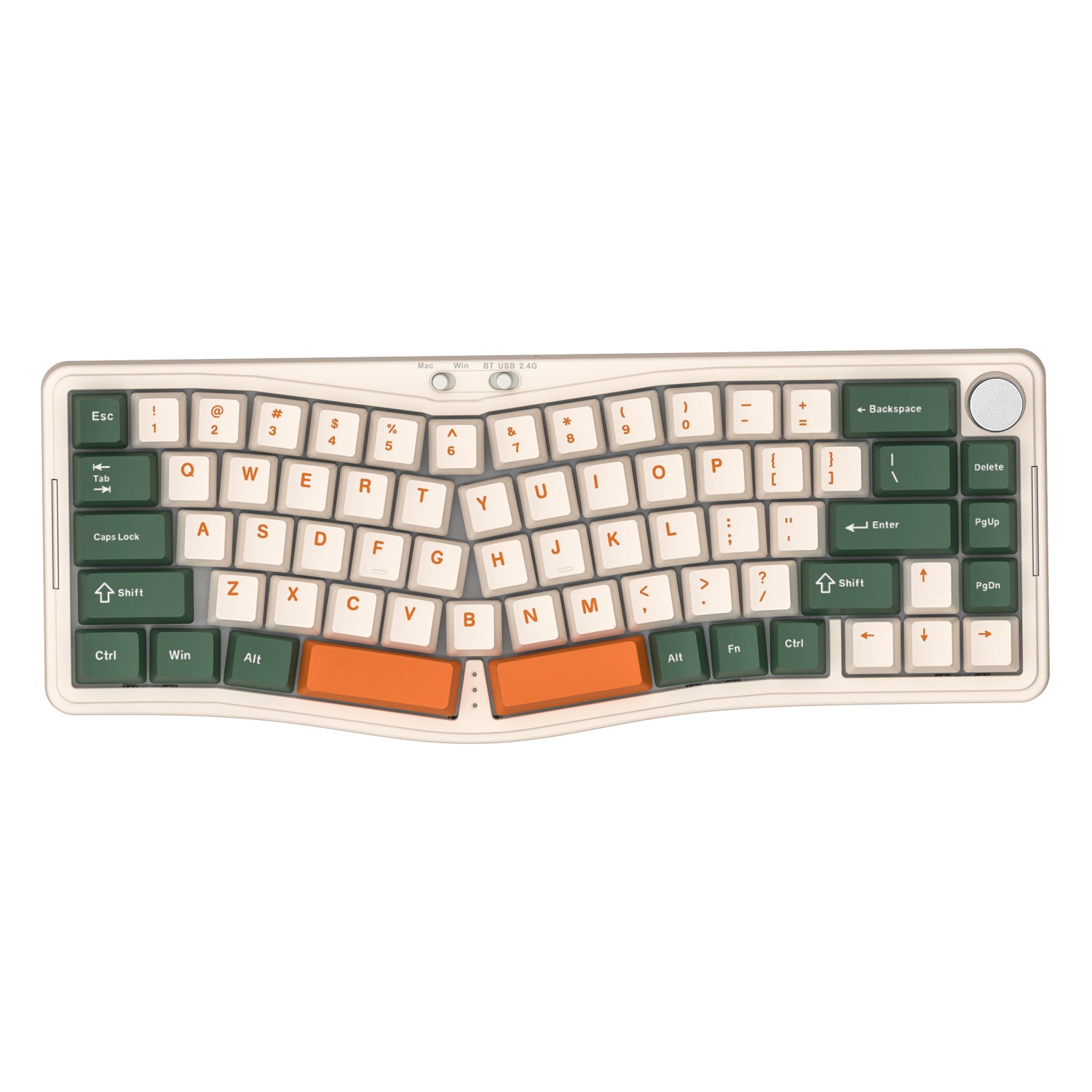In the ever-evolving world of gaming, the right keyboard can make all the difference. Whether you're a casual gamer or a professional esports player, understanding what to look for in a gaming keyboard is crucial. This guide will walk you through the essential features and considerations, ensuring you make an informed decision.

Key Switch Types
One of the most critical aspects of a gaming keyboard is the type of key switches it uses. There are three main types: mechanical, membrane, and hybrid. Mechanical switches are favored for their tactile feedback and durability, making them a popular choice among gamers. Membrane keyboards, on the other hand, are quieter and more affordable but may lack the responsiveness of mechanical switches. Hybrid switches aim to combine the best of both worlds, offering a balance between tactile feedback and quiet operation.
Customization and Programmability
Customization is a key factor in the ultimate gaming keyboard buying guide. Look for keyboards that offer programmable keys, allowing you to assign complex macros and shortcuts. RGB lighting is another popular feature, enabling you to personalize the keyboard's appearance to match your gaming setup. Some keyboards even offer software that lets you customize the lighting effects and key functions in great detail.
Build Quality and Durability
Durability is paramount when selecting a gaming keyboard. A well-built keyboard can withstand the rigors of intense gaming sessions. Look for keyboards made from high-quality materials such as aluminum or reinforced plastic. Additionally, consider the lifespan of the key switches; mechanical switches typically offer a longer lifespan compared to membrane switches. Water-resistant features can also be beneficial, protecting your keyboard from accidental spills.
Ergonomics and Comfort
Comfort is often overlooked but is essential for long gaming sessions. Ergonomic design features such as wrist rests and adjustable tilt angles can significantly reduce strain on your hands and wrists. Some keyboards also offer split designs or contoured keycaps to enhance comfort further. When considering the ultimate gaming keyboard buying guide, ergonomics should not be underestimated.
Connectivity and Compatibility
Modern gaming keyboards offer various connectivity options, including wired and wireless models. Wired keyboards provide a stable connection with minimal latency, which is crucial for competitive gaming. Wireless keyboards offer more flexibility and a cleaner setup but may introduce slight latency. Ensure the keyboard is compatible with your gaming platform, whether it's a PC, console, or mobile device.
Additional Features
Beyond the basics, several additional features can enhance your gaming experience. Dedicated media controls allow you to adjust volume and playback without leaving your game. USB pass-through ports can be convenient for connecting other peripherals. Anti-ghosting and N-key rollover are essential for ensuring that all your key presses are registered accurately, even during intense gaming moments.
Price and Value
Price is always a consideration, but it's essential to balance cost with the features and quality you need. While high-end gaming keyboards offer a plethora of features, there are also budget-friendly options that provide excellent performance. Determine your priorities and choose a keyboard that offers the best value for your specific needs.
Conclusion
Choosing the right gaming keyboard involves considering various factors, from key switch types to ergonomics and additional features. By following this ultimate gaming keyboard buying guide, you'll be well-equipped to find a keyboard that enhances your gaming experience. Remember, the best keyboard for you is one that meets your specific needs and preferences, ensuring you can game comfortably and effectively.








